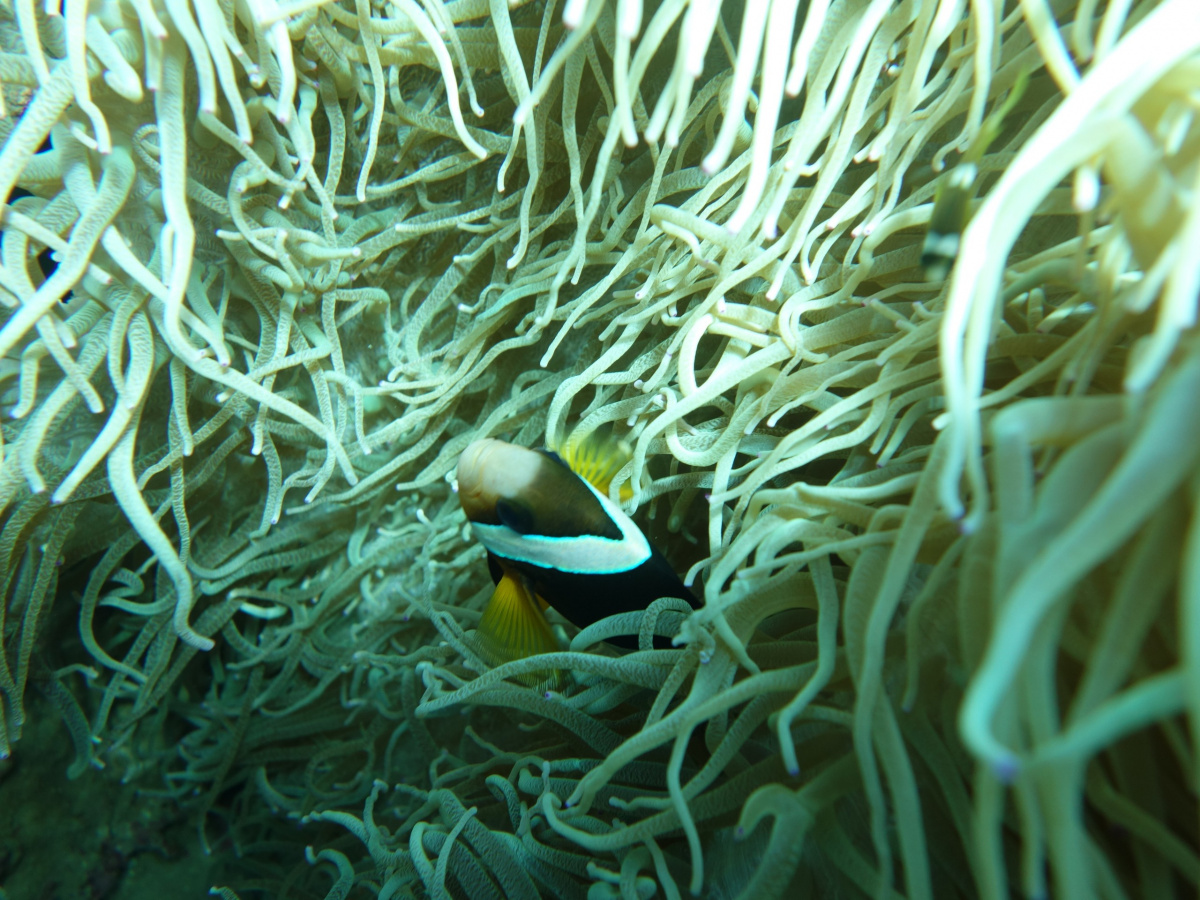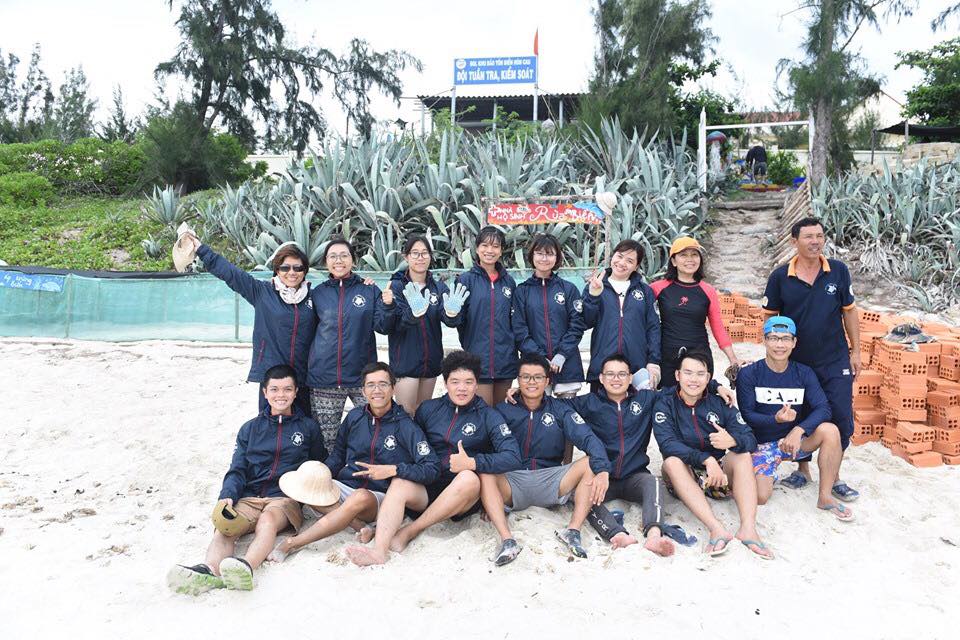Exploring conserved areas in Viet Nam
The decision late last year by the Parties to the CBD to recognise “conserved areas” is stimulating new conversations at the national level on diverse forms of nature conservation taking place outside protected areas. In March 2019, the IUCN Global Protected Areas Programme and the IUCN Hanoi office convened a national stakeholder workshop on these very topics.

Photo: James Hardcastle
“Conserved areas” are an emerging topic in nature conservation at the global level. The recent decision by the state parties to the CBD to recognise a new definition of conserved areas now considers those areas, other than protected areas, which are governed and managed in ways that achieve positive and sustained outcomes for the in-situ conservation of biodiversity, with associated ecosystem functions and services and where applicable, cultural, spiritual, socio-economic and other locally relevant values. This is a milestone concept for the nature conservation world. While we have conventionally and traditionally thought about protected areas being the mainstay of nature conservation, new avenues for the recognising the sustainable use of biodiversity outside protected areas are now opening up.
This concept builds very well on the already existing concept of “Governance diversity” in protected areas. This articulates the idea that there may be many kinds of actors making decisions for the long term conservation of biodiversity. These actors can be de jure - via legally established rules such as a protected areas agency carrying out work with a government mandate, or de facto - via social practices by a local community, who conserve nature because it ensures long term livelihood benefits including food sovereignty. Again this latter category can cover many different kinds of voluntary nature conservation practices.
The workshop was well attended by IUCN partners and national authorities in Viet Nam - the Department of Special-Use and Protection Forest Management under the Vietnam Administration of Forestry, Ministry of Agriculture and Rural Areas (MARD), and Vietnam’s Park and Nature Reserve Association (VNPNA). Academics, civil society organisations, national practitioners from several national parks in Viet Nam and other international experts were also present. In addition to the international categories of protected areas (World Heritage, Ramsar and ASEAN sites) Viet Nam has four national categories of protected area: national parks, nature reserves including protected and ‘special use’ forests, species habitats and protected landscapes. While it is clear that in Viet Nam, the governance type is predominantly governance type 1 – or governance by the government, there exists a multitude of ways that local people can participate and benefit from the ecosystem services of protected and conserved areas. Two local partners presented examples. The Centre of Research and Development in Upland Areas (CERDA) offered an overview of their work in the Thai Nguyen and Thanh Hoa provinces, where they support local people and authorities to promote equitable access, use of natural resources and good governance to enable social, economic and environmental sustainability. Pan Nature, another not for profit organisation, presented their work with ICCAs – indigenous peoples and community conserved areas in the Ha Giang province.
In the afternoon, time was set aside to discuss the possibility of identifying conserved areas in Viet Nam with all of the participants using the new CBD definition. It was a lively exchange with plenty of food for thought for Viet Nam’s reporting for Aichi target 11. Possible conserved areas could include sacred forests and streams, marine areas which allow for the sustainable collection of clams, crabs and other resources, sustainable fisheries, mangrove forests and many more suggestions by the group including religious temples and orchid gardens. The meeting closed with the recommendations by national experts for the continued strengthening of the governance of protected and conserved areas in Viet Nam, which will be made available by the project partners to the CBD focal point in Viet Nam.
The workshop is part of the project “Protected Areas Solutions” which is funded by the International Climate Initiative (IKI) of the German Federal Ministry for the Environment, Nature Conservation, Building and Nuclear Safety (BMUB). This project has an overall aim of promoting Aichi Target 11 – the effective and equitable management of both protected and conserved areas, and part of the project focus is to examine the theme of governance diversity in Vietnam.
Article by Jenny Kelleher



